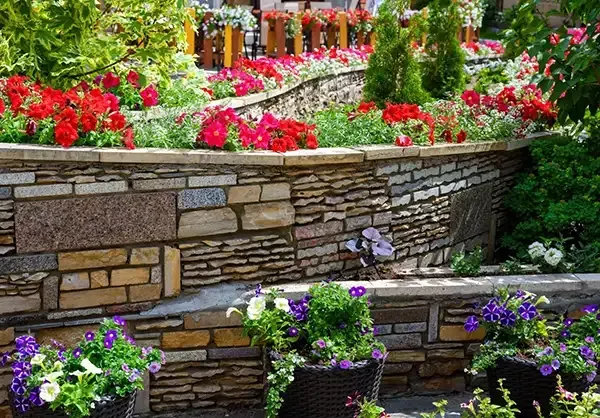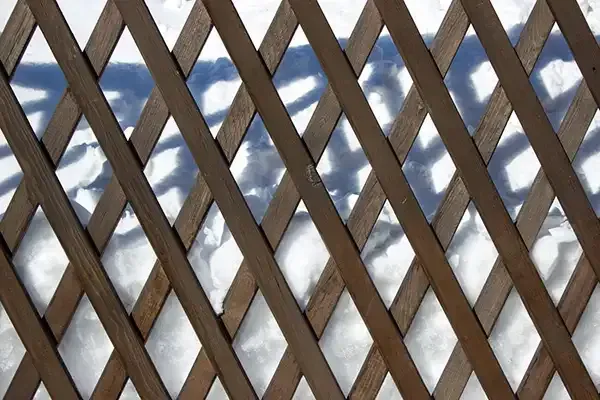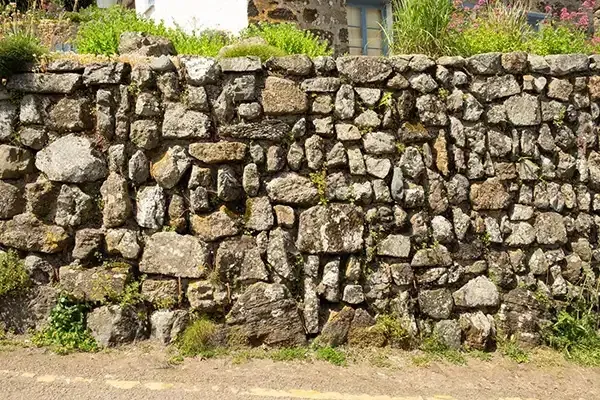How to Repair and Maintain Aging Wood Retaining Walls
Properly maintaining aging wood retaining walls ensures their durability and structural soundness.
Over time, these walls may develop issues such as cracks, rot, or warping, and addressing these concerns promptly can significantly improve their lifespan.
By conducting regular inspections and understanding effective repair techniques, you can prevent further deterioration and maintain the strength of your walls.
In this guide, we'll discuss how to assess the condition of your retaining walls and implement the necessary repairs to keep them standing strong.
Assessing the Condition of Your Wood Retaining Walls
Regular inspections are crucial for maintaining the integrity and longevity of your wood retaining walls.
Visual Inspection:
- Check for Cracks and Splinters: Inspect the wood for any signs of cracks, splits, or splinters.
- Look for Rot and Decay: Check for signs of rot, decay, or discoloration, which can indicate water damage or insect infestation.
- Assess for Warping and Leaning: Examine the wall for any signs of leaning, bulging, or instability.
Drainage Assessment:
- Check for Water Buildup: Inspect the area behind the wall for any signs of water pooling or saturation.
- Assess Drainage System: Ensure that the drainage system behind the wall is functioning properly and effectively removing excess water.
Soil Erosion:
- Inspect for Soil Erosion: Check for signs of soil erosion behind or around the wall.
- Monitor Soil Stability: Observe the stability of the soil surrounding the wall for any signs of movement or settling.
Insect and Pest Infestation:
- Check for Termites: Inspect the wood for signs of termite infestation, such as mud tubes, discarded wings, or wood damage.
- Look for Other Pests: Check for other pests, such as carpenter ants or wood-boring beetles, that can weaken the wall structure.
Age and Wear and Tear:
- Consider Age: Consider the age of the wall. Older walls may require more frequent maintenance and repairs.
- Evaluate Overall Condition: Evaluate the overall condition of the wall, taking into account all the factors mentioned above.
By conducting regular inspections and addressing any issues promptly, you can ensure the long-term stability, safety, and aesthetic appeal of your wood retaining walls.
Repair Techniques for Damaged Sections
Addressing damage to your wood retaining walls promptly is crucial to ensure their long-term stability and safety.
Removing Damaged Wood:
- Careful Removal: Carefully remove any loose, rotten, or damaged wood sections using a pry bar, chisel, or other appropriate tools.
- Avoid Excessive Damage: Be cautious during removal to avoid causing further damage to the surrounding structure.
Repairing Minor Cracks:
- Wood Filler: Fill minor cracks and gaps with a high-quality wood filler designed for outdoor use.
- Smooth Application: Apply the filler smoothly and evenly, ensuring a seamless finish.
- Allow for Curing: Allow the wood filler to cure completely according to the manufacturer's instructions.
Replacing Damaged Boards:
- Accurate Measurements: Carefully measure and cut replacement boards using a saw.
- Secure Installation: Install replacement boards securely using galvanized nails or screws to prevent rusting.
- Ensure Proper Fit: Ensure the replacement boards fit snugly and securely within the existing wall structure.
Structural Support:
- Reinforce Weak Areas: If the wall exhibits signs of instability or weakness, consider installing additional support elements, such as posts or braces.
- Consult a Professional: For significant structural issues, consult with a qualified contractor or structural engineer for expert advice and repair.
Post-Repair Treatment:
- Sanding and Finishing: Sand the repaired areas smooth and apply a high-quality wood preservative or sealant to protect the wood from moisture and decay.
- Regular Maintenance: Conduct regular inspections and maintenance to identify and address any future issues promptly.
By implementing these repair techniques and conducting regular maintenance, you can ensure the long-term stability, safety, and aesthetic appeal of your wood retaining walls.
Preventative Maintenance Tips for Longevity
Regular preventative maintenance is crucial for ensuring the long-term stability and longevity of your wood retaining walls.
Regular Inspections:
- Visual Inspections: Conduct thorough visual inspections of the walls at least twice a year, preferably in the spring and fall.
- Check for Signs of Damage: Look for signs of rot, decay, cracks, loose boards, or insect infestation.
Drainage Management:
- Maintain Proper Drainage: Ensure that water drains away from the walls effectively.
- Clear Drainage Channels: Keep drainage channels and gutters clear of debris to prevent water buildup.
- Address Drainage Issues Promptly: Address any drainage issues, such as pooling water or saturated soil, promptly.
Vegetation Control:
- Clear Vegetation: Keep the area around the walls clear of vegetation, such as vines, shrubs, and trees, to prevent root intrusion and soil erosion.
- Trim Overhanging Branches: Trim any tree branches that overhang the walls to prevent moisture buildup and potential damage.
Moisture Management:
- Improve Air Circulation: Ensure adequate air circulation around the walls to prevent moisture buildup and mold growth.
- Apply Sealant: Apply a high-quality wood preservative or sealant to the walls every few years to protect the wood from moisture, insects, and UV damage.
Address Issues Promptly:
- Prompt Repairs: Address any issues, such as cracks, loose boards, or insect infestation, promptly to prevent further damage.
- Professional Maintenance: Consider scheduling regular maintenance checks with a qualified contractor for more thorough inspections and repairs.
By implementing these preventative maintenance practices, you can significantly extend the lifespan of your wood retaining walls, ensuring their continued stability, safety, and aesthetic appeal for years to come.
Proper maintenance is essential for the long-term durability and safety of your wood retaining walls.
By conducting regular inspections, addressing damage promptly, and implementing preventative measures such as proper drainage and regular cleaning, you can significantly extend the lifespan of your walls.
This proactive approach not only saves you from costly repairs but also ensures the continued stability and aesthetic appeal of your property, protecting your investment and enhancing the beauty of your outdoor living spaces.
You might also like
Book a Service Today
We will get back to you as soon as possible
Please try again later
Get In Touch With A Professional Near You Today!
Having a retaining wall installed is able to provide a large increase in housing value to a homeowner and provides a solution that gets your retaining wall design project underway. As a homeowner, you should know that a landscape wall needs to look its best and when it does, it will most definitely add to the aesthetic of your home. Call one of our trusted team members today for a Free Quote!
Precision Retaining Walls
The region's leading professional Retaining Wall Company.
Call Us: 918-842-7333
All Rights Reserved | Tulsa Precision Walls |


